Are you about to hire someone for your business or perhaps you have hired someone recently?
Often for many small businesses, a lot of effort goes to hiring the right employees but not enough effort goes into what happens once they have actually started their job.
So what are the steps to take to ensure that your new employees get off to a flying start?
Here are five things to consider when onboarding new employees to set them up for success:
1) Be Intentional.
Plan and organise a structured program to show them your intention about what you want them to achieve. This should include a structured onboarding process that outlines what they will be doing each day, who they will be working with, and what they need to learn to succeed in their role. By having a plan in place, you can ensure they are up to speed as quickly as possible.
2) Fast-track your return on investment.
You are investing your time and money by hiring an employee. Think of ways on how you can make them productive and effective to your business. What do they need to be able to do to start producing a return for the resources that you will invest in them?
3) Make expectations clear.
Onboarding new employees isn’t just about showing them where the restrooms are and what the safety policies are. Communicate your expectations clearly and upfront. This includes your expected performance standards, the organisational culture and their job description just to name a few. Make sure it is black and white, not vague and just hoping that it works out. Another useful thing is to have clearly-stated milestones that need to be hit during the employee’s probation period. Best of all, once your expectations are clear, you will be also be able to use those as a standard or a benchmark to train someone in.
4) Onboard employees into your business.
Onboarding new employees isn’t just about showing them where the restrooms are and what the safety policies are. It’s also important to onboard them into the culture of your business, including the rules of the game and what is expected of them. By doing so, you can help them become better team members and performers, and ensure they are clear on what is acceptable and what is not.
Also articulate what do they need to know about your company, about your industry, about how you do business? Think about the things that are necessary for them to know and understand to do their role well. Compile them into a checklist and take them through it. This will make your new employee even more productive.
5) Induct your employees to their roles.
Finally, consider using a daily, weekly, monthly checklist to help new employees become acclimated to their roles. By mapping out all the tasks they need to complete and when, you can proactively expose them to the responsibilities of their new job. This approach can help accelerate their development and ensure they are more productive and profitable for your business sooner.
Similarly, introduce the systems that they are going to need to understand their roles. For key tasks, identify competencies that need to be present for them to do their job well and build these into your training. This may be in the form of a checklist or a timetable for their first 4-6 weeks.






